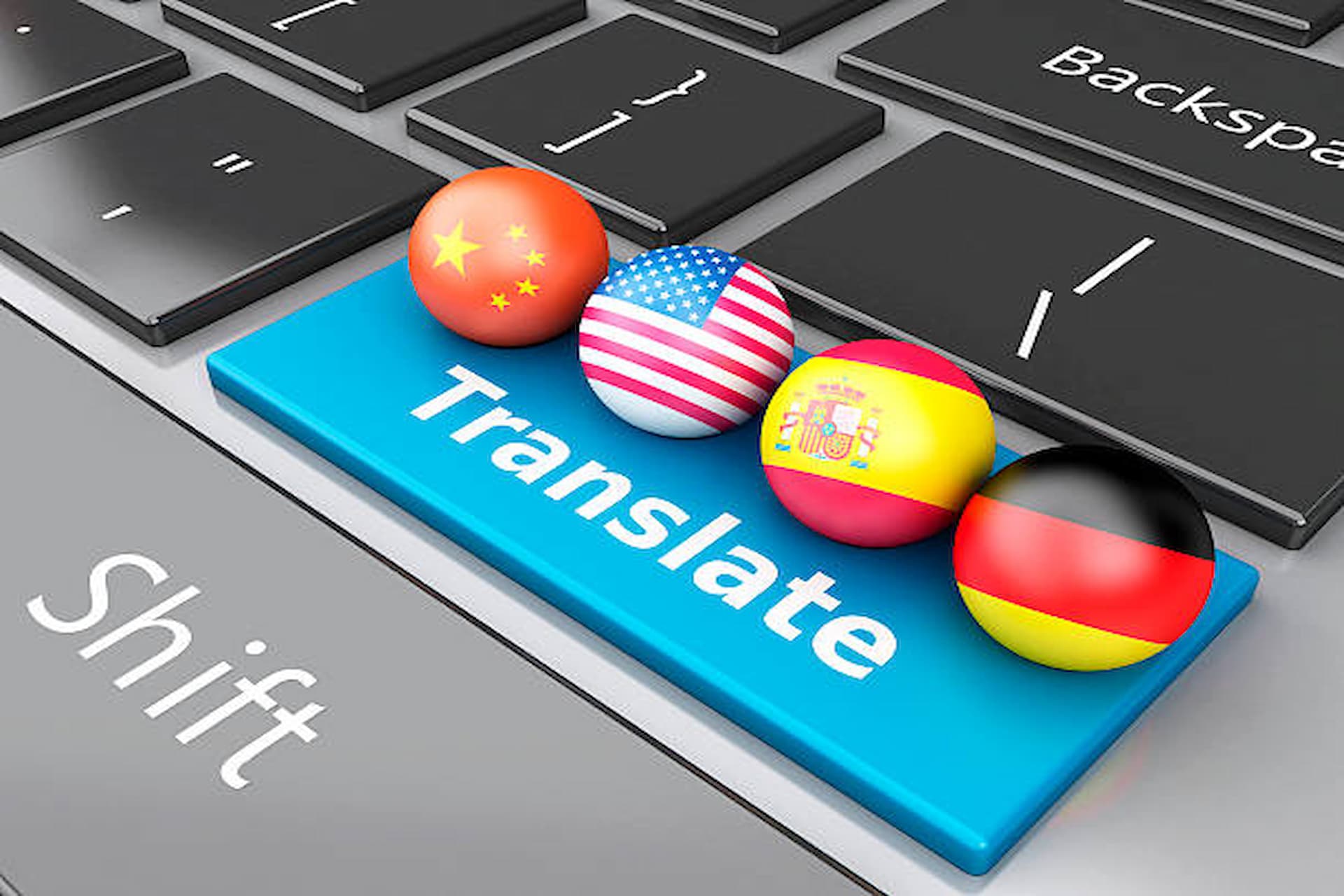Language Keyboards: Revolutionizing Typing Experience

In the modern era of technology, keyboard input has become an indispensable aspect of our everyday routines. Whether it’s sending emails, writing documents, or chatting with friends, having a smooth and efficient typing experience is essential. But did you know that your keyboard layout can greatly impact your typing speed and accuracy? Enter language keyboards, the revolution transforming how we interact with our devices.
What are Language Keyboards?
Language keyboards are specially designed that cater to different languages and regions worldwide. While the traditional QWERTY layout is widely used, many countries have keyboard layouts tailored to their specific language requirements. The HP French Azerty keyboard is designed for French speakers, while the HP Arabic keyboard caters to Arabic speakers.
The Evolution of Typing
Typing has come a long way since the invention of the typewriter. Early typewriters featured a simple layout that eventually evolved into the QWERTY layout we know today. However, as technology advanced and the need for multilingual support grew, language keyboards emerged to accommodate the diverse linguistic needs of users worldwide.
Efficiency and Simplicity
One of the key benefits of language keyboards is their ability to enhance typing efficiency. Users can type more quickly and accurately by providing a layout that matches the linguistic patterns of a particular language. The HP French Azerty keyboard arranges keys to make it easier for French speakers to access commonly used letters and symbols, improving their overall typing experience.
Similarly, the HP Arabic keyboard follows the Arabic script’s unique layout, allowing users to type seamlessly in Arabic without switching between different keyboard layouts. This saves time and eliminates the need for users to memorise complex key combinations or use virtual keyboards.
Cultural Sensitivity
Language keyboards also play a crucial role in preserving and promoting cultural diversity. By providing native language support, these keyboards enable users to communicate more effectively in their preferred language, fostering a sense of inclusivity and cultural pride. Additionally, language keyboards help bridge the gap between different linguistic communities, facilitating communication and collaboration on a global scale.
Accessibility and Inclusivity
Another significant advantage of language keyboards is their contribution to accessibility and inclusivity. For individuals with disabilities or special needs, accessing a keyboard layout that suits their language requirements is essential for effective communication and productivity. Language keyboards offer customisable options and support for various languages, ensuring that users of all backgrounds can fully participate in the digital world.
The Future of Typing
As technology advances, the future of typing looks promising with further innovations in language keyboards. With advancements in artificial intelligence and machine learning, keyboards can adapt to users’ typing habits and preferences, further enhancing the typing experience. Additionally, integrating voice recognition technology and gesture-based input methods could revolutionize how we interact with our devices, making typing more natural and intuitive.
In conclusion, language keyboards are revolutionising the typing experience by providing tailored solutions for users worldwide. Language keyboards offer enhanced efficiency, cultural sensitivity, accessibility, and inclusivity. As we continue to embrace linguistic diversity and technological innovation, language keyboards will play a pivotal role in shaping the future of communication in the digital age. So, the next time you’re typing away, remember the power of language keyboards in making your experience smoother and more enjoyable.

You must be logged in to post a comment.